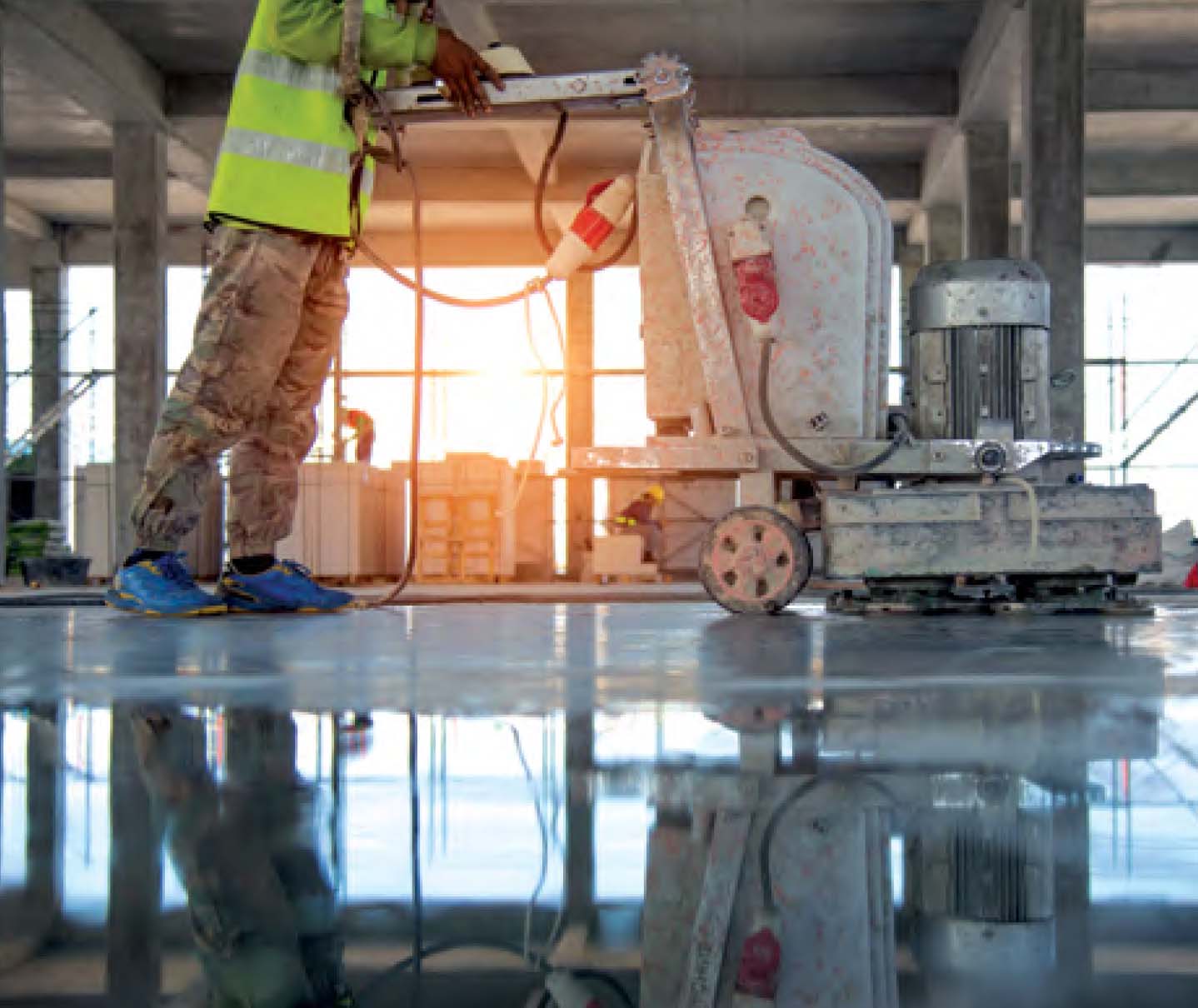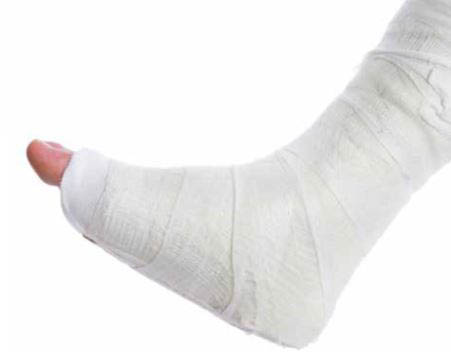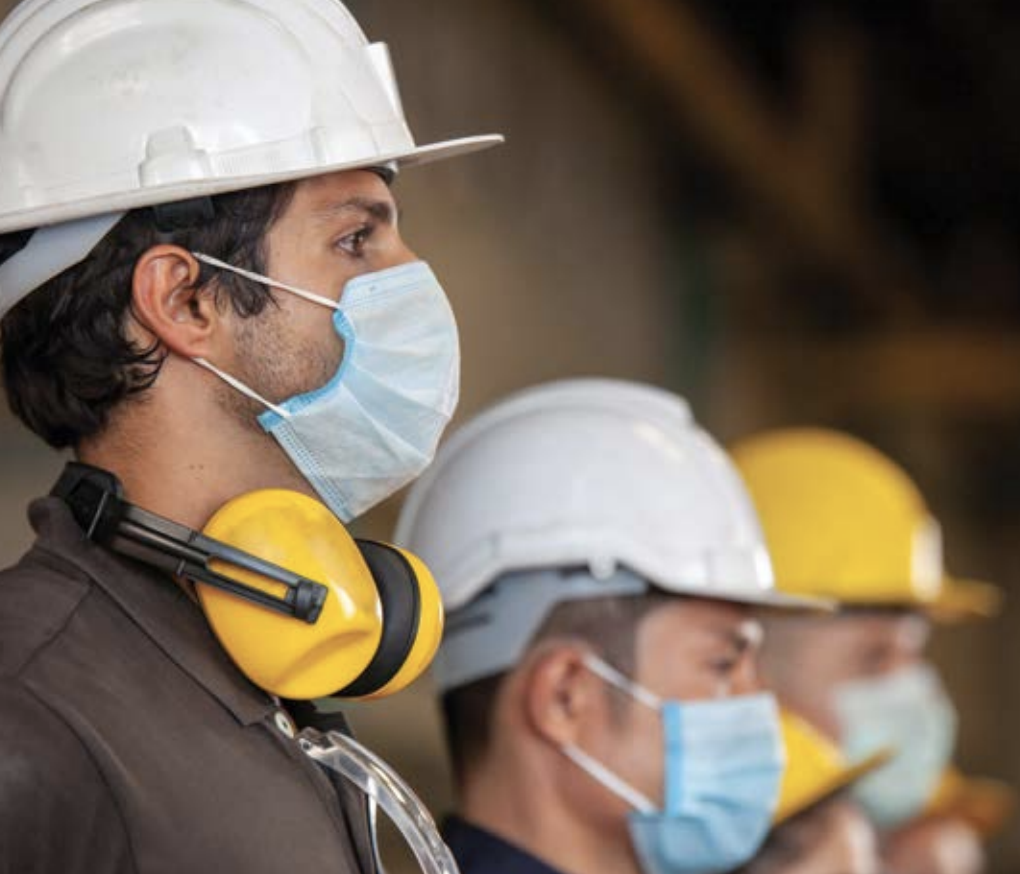
The Importance of EHS Managers

By: Mark Critchfield
Most of the larger general contractors that CSDA contractors work for have full time Environmental, Health and Safety (EHS) managers on staff. These EHS managers are specially trained to manage permits, protect the workers and their companies and carry a lot of clout while managing the jobsites. They are risk managers for the company and must know the details of regulations mandated by EPA, OSHA and others.
Slurry management will fall into this category. As a subcontractor working on a high profile or environmentally sensitive projects, reach out to the jobsite EHS manager to see what is planned for compliance with the SWPPP rules. Below, we will discuss how concrete slurry is addressed in each of these subcategories:
E = ENVIRONMENTAL
The Storm Water Pollution Prevention Plan (SWPPP) is a required written document on file at the job trailer that will spell out
the details of storm water events, drainage protection and slurry disposal. All contractors are subject to these rules for prevention of job site water runoff. Many projects have a designated slurry bin for dumping wet vacuums. If not, a good solution is to solidify the slurry to transport to a construction dumpster. Always attempt to leave slurry on the jobsite to prevent transfer of ownership to your company in case it contains residual hazardous waste. Another recent procedure being utilized is the use of flocculants to allow rapid settling of slurry solids so the water can be reused multiple times. This reduces the need of carrying large amounts of water to the job and also reduces the environmental impact of disposal. The EHS manager will appreciate this process and will recommend your company for future work.
H = WORKER HEALTH
Concrete slurry is classified as Hazardous under the EPA Clean Water Act, due to the high alkaline level of over 12pH, and heavy metal contaminates. This pH level is similar to the caustic level of drain cleaner and can cause dermatitis or burns over time. Prevent skin contact, especially soaked pants that lay against your legs for an extended period of time. Also be cognizant of dust and slip hazards around the other trades working around you. They may not be aware of the hazards being produced. Even when using water as a coolant and dust suppressant, there is significant airborne silica dust that escapes the blade guard. Manage this by adjusting water tips to get the most efficient blade coverage as possible. Bring water tips into direct contact with the blade core to allow surface tension to sling water down toward the segments. EHS managers will be looking for airborne dust and slurry runoff in your work area and can enforce changes in procedures to protect workers.
S = WORKER SAFETY
As everyone knows, CSDA contractors work in many hazardous conditions and safety procedures are discussed on a regular basis. Slurry Management is part of the daily routine. Be aware of slurry water on the slab and the slip and fall hazards. Electrical connections should be guarded, and cord condition checked. EHS managers normally have jobsite safety meetings and always have the right to shut down the operation anytime to correct violations and can even force you off the jobsite.
Remember, the CSDA contractor is the wastewater generator and is the responsible party along with the guidance of the general contractor and owner, so sawing and polishing companies must continuously instruct all their workers to adhere to these rules stipulated by the onsite EHS manager. This will help to avoid Environmental, Health and Safety liability for all workers, the companies they work for, and will make the project go smoothly and more professionally.
Mark Critchfield is the owner of CSDA member company Slurry Solutions. He can be reached at sales@slurrysolutions.com or 573-219-7330.














